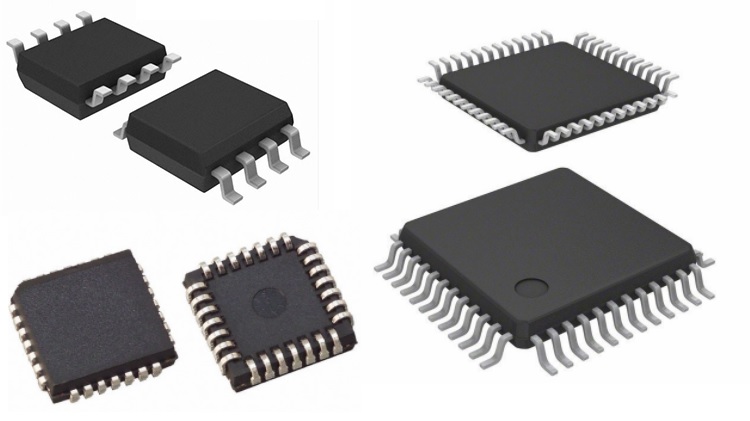Introduction
The global semiconductor market is a cornerstone of the modern world, powering everything from smartphones to self-driving cars. As the demand for electronic devices continues to surge, the need for semiconductors—key electronic components—has never been higher. However, the current landscape is fraught with challenges and opportunities alike. In this blog post, we will explore the present state of the global semiconductor market, focusing on electronic components and parts that are driving this industry.
The Surge in Demand
Consumer Electronics
The proliferation of electronic devices such as smartphones, laptops, and wearables has led to an unprecedented demand for semiconductors. These electronic parts are the brains behind our gadgets, making them smarter, faster, and more efficient.
Automotive Industry
The automotive sector has also seen a significant uptick in the need for advanced electronic components. With the rise of electric vehicles and autonomous driving technologies, semiconductors are more crucial than ever.
Industrial Automation
As industries move towards automation and the Internet of Things (IoT), the demand for sophisticated electronic parts to control machinery and processes is increasing.
Supply Chain Challenges
Geopolitical Tensions
The semiconductor market is not immune to geopolitical tensions. Trade wars and export restrictions have led to uncertainties, affecting the availability and pricing of electronic components.
Manufacturing Constraints
The pandemic has exposed vulnerabilities in the semiconductor supply chain. Factory closures and logistical issues have led to a shortage of electronic parts, affecting various industries from automotive to consumer electronics.
Innovation and Competition
Cutting-Edge Technologies
Innovation is the lifeblood of the semiconductor industry. Companies are continually pushing the boundaries to create electronic components that are smaller, faster, and more energy-efficient.
Market Players
The competition is fierce, with giants like Intel, AMD, and TSMC vying for market share. However, smaller players are also making their mark by specializing in niche electronic parts.
Future Outlook
Sustainability
As the world moves towards greener technologies, the semiconductor industry is under pressure to produce electronic components that are not only powerful but also environmentally friendly.
Globalization vs. Localization
The ongoing challenges have sparked a debate on whether the industry should focus on a more globalized supply chain or shift towards localized production to mitigate risks.
Conclusion
The global semiconductor market is at a critical juncture, influenced by soaring demand, supply chain complexities, and geopolitical factors. As electronic devices become increasingly integral to our lives, the need for advanced electronic components and parts will continue to grow. Navigating this complex landscape requires a nuanced understanding of the market dynamics and a strategic approach to overcome the challenges.
In a world that is becoming increasingly dependent on electronic innovations, the semiconductor industry holds the key to the future. Whether you are an investor, a tech enthusiast, or a consumer, understanding the current state of this vital market is essential for making informed decisions.




